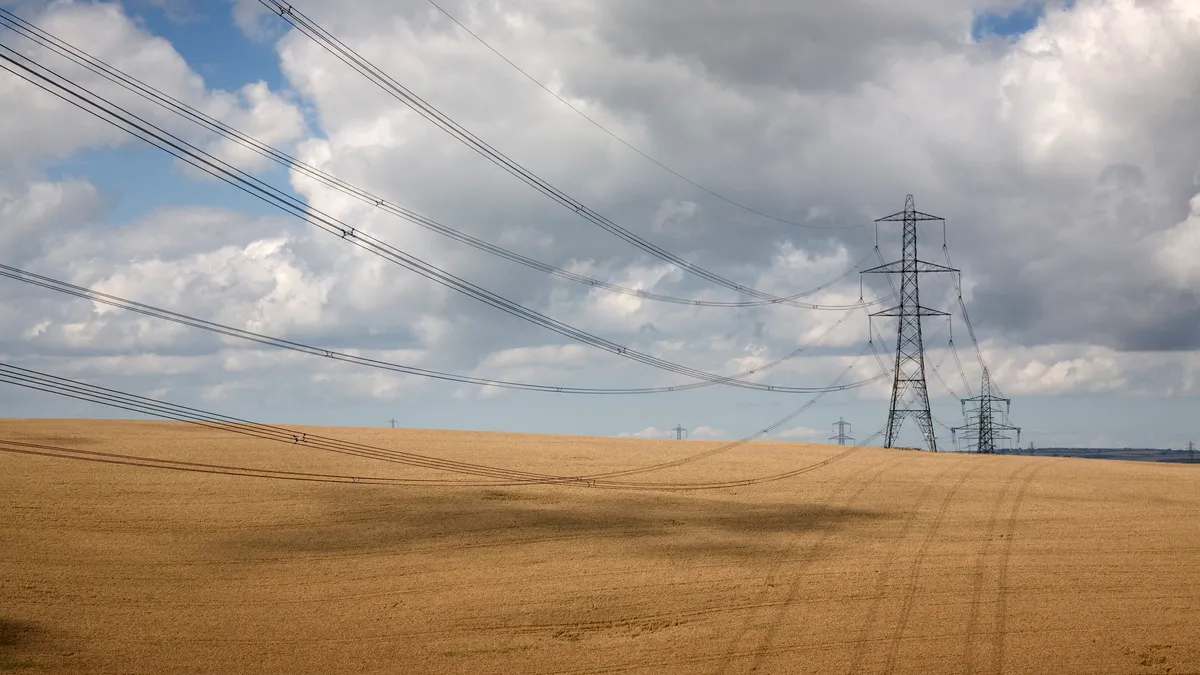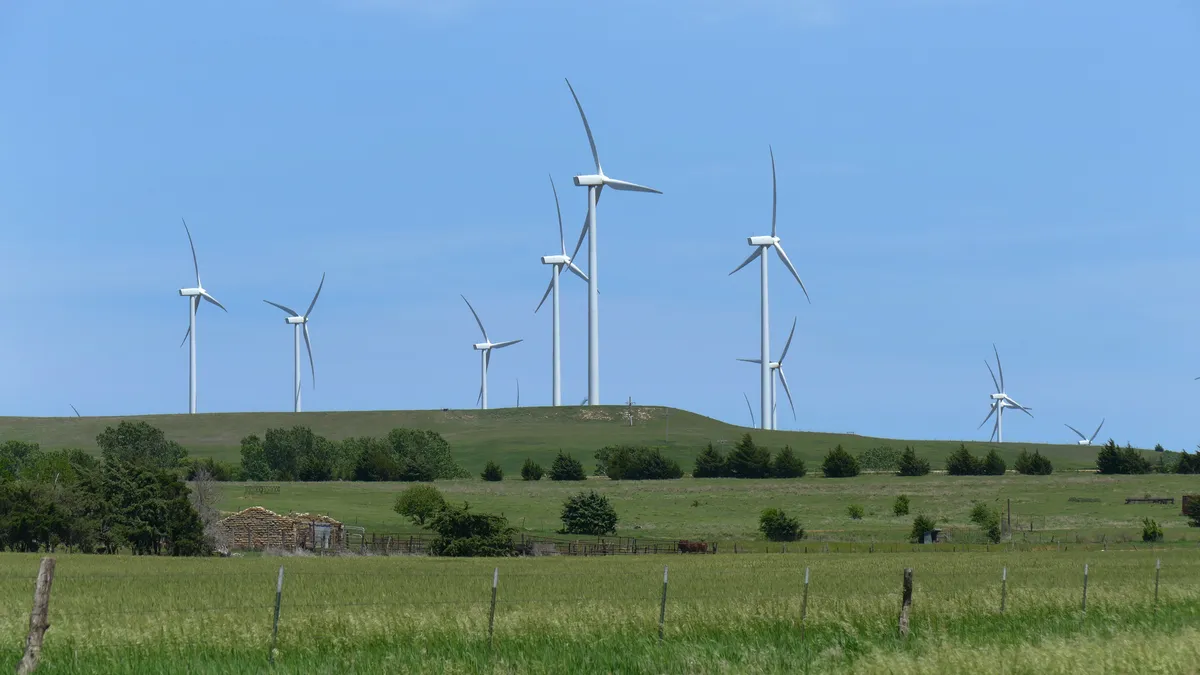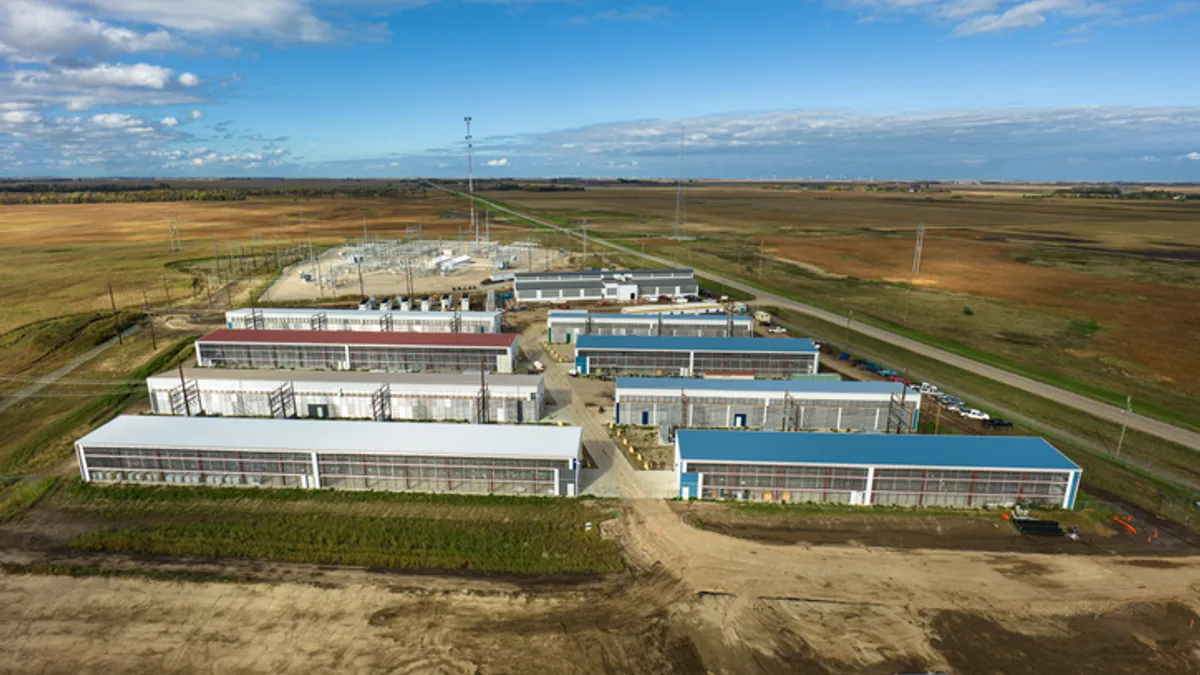Corporations and policymakers should start immediately planning how to bolster the transmission grid, which is expected to handle dozens of GW of offshore wind coming online in the next few decades, to save about $20 billion while reducing environmental and community impacts, a new report says.
The report was released Tuesday and completed by a team of researchers at consulting firm Brattle Group and funded by the Natural Resources Defense Council, GridLab, the Clean Air Task Force, the American Clean Power Association and the American Council on Renewable Energy.
The researchers found that despite most grid planning focusing on state procurements and the federal offshore wind goal of 30 GW by 2030, the goals of 11 coastal states “exceed 50 GW through 2035 and reach 77 GW by 2045,” while close to 200 GW of offshore wind might be required by 2050 to meet the decarbonization goals of individual states.
Though the Biden administration’s 2050 offshore wind target is 110 GW, the report referenced several nationwide analyses that project substantially more offshore wind will be necessary to cost-effectively decarbonize the U.S. economy by 2050.
Brattle principal Johannes Pfeifenberger, the report’s lead author, said during a Tuesday webinar that a failure to “carefully plan” transmission improvements “not just for the next 10 to 15 years, but with a view to 2040 and 2050… we are prone to severely limit our future options.”
He said transmission solutions should be in place in advance of generation procurement, and recommended that offshore wind facilities be based on a standardized modular design that can connect into a meshed offshore grid.
“We should build it now in a way that is modular, otherwise we foreclose the best options,” he said. “That's the kind of planning that should happen now, because we can't plan for our first few steps unless we know where we're going in the long term.”
If offshore wind transmission planning is ramped up to fit an assumption of 100 GW of additional offshore wind generation procurements between 2030 and 2050, the researchers estimate this move would save $20 billion in transmission costs, up to 70% fewer shore crossings and onshore transmission upgrades, and up to 2,000 fewer miles of marine transmission cable trenches on the ocean floor by 2050.
The report recommends a series of actions over the next five years. In the near-term, these include developing a multi-state cost-allocation framework and standards for high-voltage direct current transmission lines.
On Wednesday, Connecticut, Maine, Massachusetts, New Hampshire, Rhode Island and Vermont announced that they had partnered to jointly pursue U.S. Department of Energy funding for innovative electricity transmission proposals.
The states opted for a regional approach to “optimize” transmission infrastructure investments due to New England’s winter energy reliability requirements, according to the Connecticut Department of Energy and Environmental Protection.
Pfeifenberger said that in 2023, state and federal regulatory agencies involved in offshore wind planning should receive increased staffing, multi-state decision-making entities should be created and the Internal Revenue Service should provide guidance on whether or not its investment tax credits can be applied to offshore interconnection facilities.
“I think this report is extremely helpful, given that this is an issue that will require a massive amount of coordination – really, unprecedented coordination – across the federal government, states, grid operators, industry and other key stakeholders,” Robert Golden, the White House’s senior advisor for clean energy infrastructure, said during the webinar.
The research made it clear that the opportunity to deliver benefits for customers is significant, but that the situation is a “burning fuse, and if we don't move quickly, a lot of the benefits that can be delivered to customers can really vanish off the table,” he said.
In the longer term, researchers recommend that the Department of Energy, Federal Energy Regulatory Commission, states and grid operators work together over the next three to five years to develop offshore grid contracts and regulations for shared-use and open-access facilities.
The researchers characterize the need for inter-regional offshore wind transmission planning as urgent due to factors including long timelines to build offshore wind transmission facilities, the federal funding currently being offered in the Inflation Reduction Act, and limits to where offshore wind can be built, requiring precise foresight to avoid “least-regrets grid expansion pathways.”






















